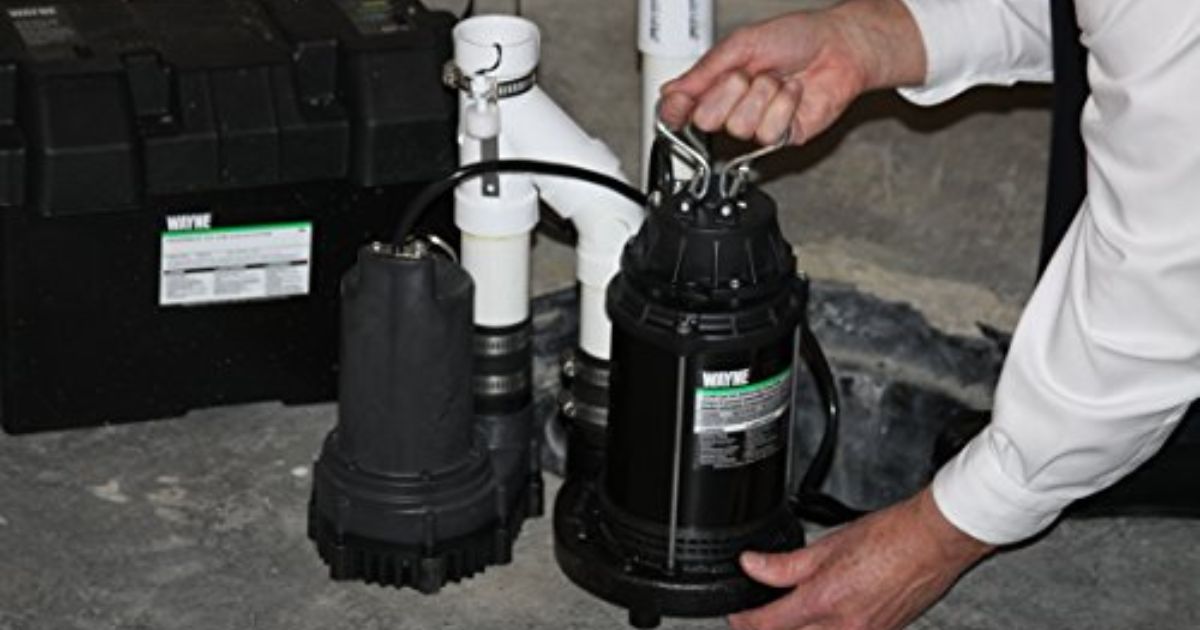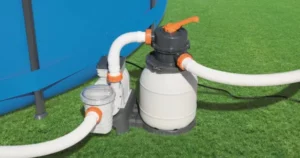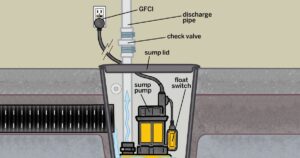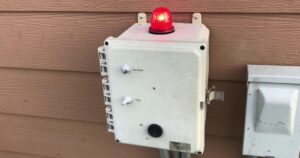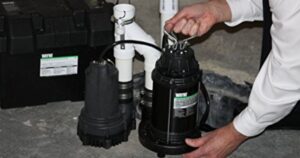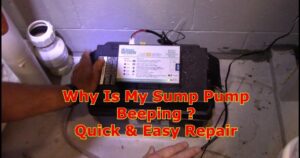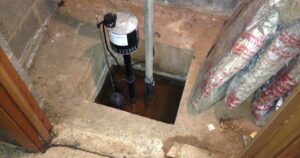In the realm of home maintenance, the question of How much is a sump pump? opens the door to a nuanced world of considerations. Whether you’re safeguarding against basement flooding, contemplating energy-efficient options, or curious about the latest technological advancements, this article breaks down the essentials.
From installation expenses to eco-friendly choices, we unravel the intricacies surrounding sump pump costs. Join us as we explore the factors that influence pricing, compare different models, and delve into regional variations. Let’s navigate the landscape of sump pump investments, ensuring you’re well-equipped to make an informed and cost-effective decision for your home.
Sump Pump Cost Factors
The cost of a sump pump is influenced by various factors, including its horsepower, brand reputation, and additional features. Higher horsepower pumps and those from reputable brands may come with a higher price tag, but they often offer enhanced performance and durability. Understanding these cost factors is crucial for making a well-informed decision that aligns with both your budget and the specific needs of your basement or crawl space.
Comparing Sump Pump Models
When choosing a sump pump, it’s essential to compare submersible and pedestal models. Submersible pumps are installed inside the sump pit, while pedestal pumps have the motor mounted above the pit. The cost variations between these models can be significant, and selecting the right one depends on factors such as the size of the space, pump efficiency, and your budgetary considerations.
Installation Expenses Unveiled
The installation of a sump pump involves more than just the cost of the pump itself. It encompasses labor fees, materials, and potential additional expenses. Factors like the complexity of the installation, the need for a sump pit, and any required modifications to existing plumbing contribute to the overall installation cost. Being aware of these expenses helps in budget planning for a comprehensive waterproofing solution.
Energy-Efficient Options
Exploring energy-efficient sump pump models not only addresses water intrusion issues but also considers the long-term cost savings. Energy-efficient pumps consume less electricity, contributing to reduced utility bills over time. Balancing the initial cost with the potential energy savings ensures that your investment not only protects your property but also aligns with sustainable and cost-conscious choices.
Maintenance Costs Over Time
Beyond the upfront investment, understanding the maintenance costs associated with different sump pump models is crucial. Regular maintenance is essential for prolonging the pump’s lifespan and ensuring optimal performance. Knowing the potential maintenance expenses over time allows homeowners to budget effectively and avoid unexpected costs associated with neglect or wear and tear.
Emergency Backup Systems
Investing in a sump pump backup system provides an added layer of protection against power outages or pump failures. Understanding the costs associated with these backup systems, whether battery-powered or water-powered, helps homeowners make informed decisions to safeguard their basements during unforeseen circumstances. It’s a valuable consideration for maintaining the functionality of the sump pump in critical situations.
DIY vs. Professional Installation
Comparing the costs and benefits of DIY installation versus hiring a professional is essential for homeowners. While a DIY approach may seem cost-effective initially, professional installation ensures proper setup, reducing the risk of errors that could lead to costly repairs. Evaluating the trade-offs between upfront savings and the expertise offered by professionals helps determine the most cost-effective and reliable installation method.
Exploring the latest advancements in sump pump technology unveils options with smart features and cutting-edge materials. While these innovative pumps may come with a higher price tag, their enhanced performance, reliability, and additional functionalities may justify the investment. Understanding the technological landscape helps homeowners choose a sump pump that aligns with both their immediate needs and future advancements in the field.
Regional Price Variations
The cost of sump pumps can vary based on regional factors such as climate, soil conditions, and local installation rates. Understanding how your location influences pricing ensures that you factor in region-specific considerations when budgeting for a sump pump installation. This regional awareness helps homeowners tailor their waterproofing solutions to the unique challenges posed by their geographical area.
Warranty Considerations
Evaluating the warranty offered with a sump pump is crucial for assessing the long-term cost-effectiveness of the investment. A comprehensive warranty provides financial reassurance and may cover repair or replacement costs in case of malfunctions. Understanding the terms and conditions of the warranty helps homeowners make a more informed decision, considering both the upfront cost and the potential savings over the pump’s lifespan.
Noise Levels and Cost
Noise levels are an often overlooked factor when considering sump pump options. While quieter pumps may come with a higher price, the peace of mind they offer in terms of reduced noise can be invaluable. Balancing the noise levels with budget considerations ensures that homeowners find a sump pump solution that not only efficiently manages water but also maintains a peaceful environment within the living space.
Environmental Impact and Expenses
For environmentally conscious homeowners, exploring eco-friendly sump pump options is essential. These pumps often come with additional features aimed at minimizing energy consumption and environmental impact. While some environmentally friendly models may have a higher upfront cost, the long-term benefits of reduced energy consumption and a smaller ecological footprint can make them a financially and environmentally sound choice. Understanding these expenses aligns with sustainability goals while considering the overall affordability of the solution.
FAQs
How much does it cost to put a sump pump in?
Installing a sump pump typically costs between $700 and $2,000, considering factors like labor, materials, and complexity.
How much is a sump system?
A complete sump system, including pump, pit, and installation, can range from $1,500 to $5,000, depending on the system’s features.
How much does a sump cost?
The cost of a standalone sump pump varies widely, ranging from $150 to $700, influenced by brand, horsepower, and additional features.
How much are sump pumps worth?
Sump pumps are worth the investment, with prices starting at $150. The value lies in protecting your home from water damage and potential flooding.
Conclusion
Navigating the realm of sump pumps involves a thoughtful consideration of various factors that extend beyond the mere purchase price. From understanding the nuanced cost factors influencing these devices to exploring innovative technologies and eco-friendly options, homeowners are equipped to make informed decisions.
Whether comparing installation methods, evaluating maintenance expenses over time, or factoring in regional variations, this exploration ensures a comprehensive approach to waterproofing solutions. Ultimately, balancing initial costs with long-term benefits, such as energy efficiency and warranty considerations, empowers individuals to secure their homes effectively.
